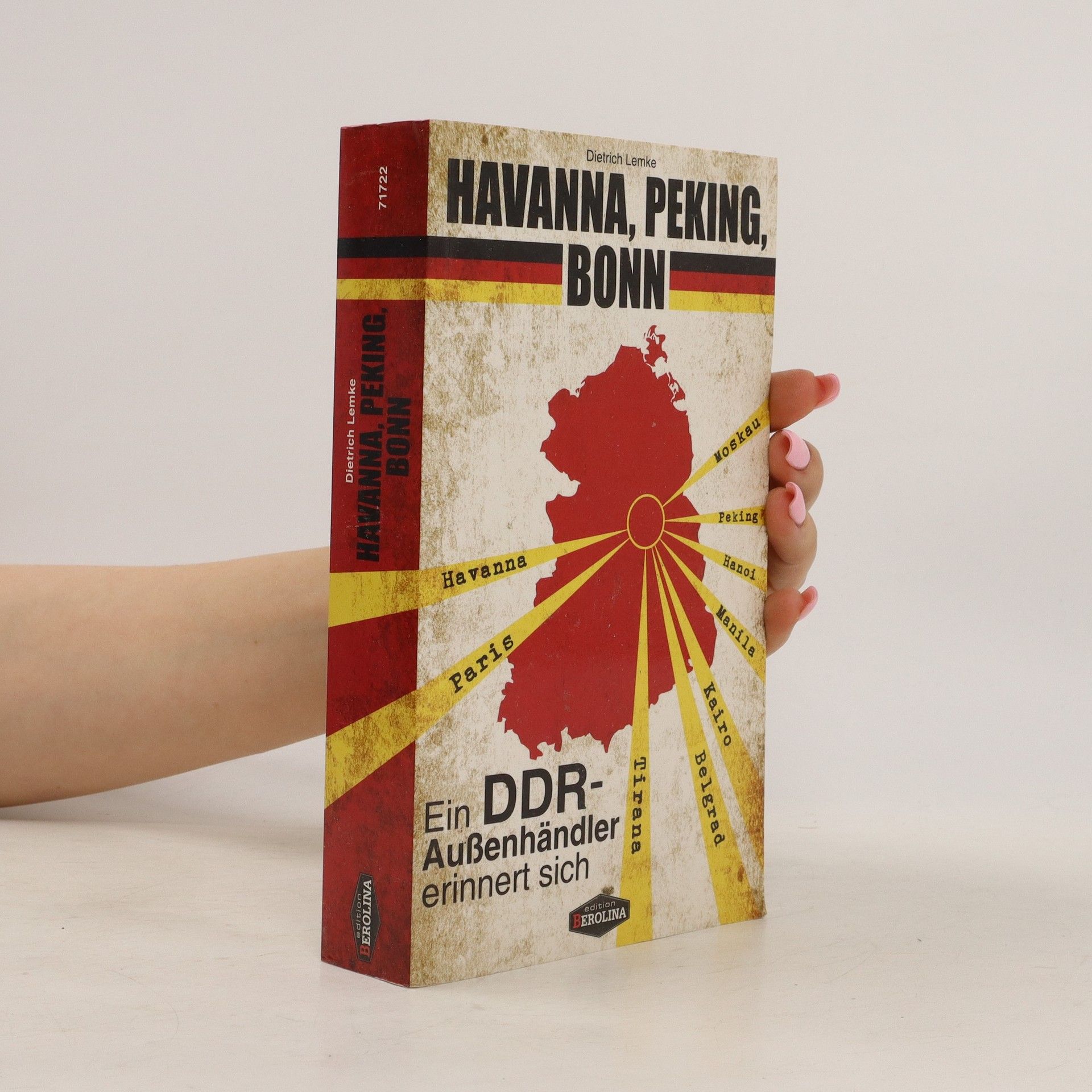Heidelberg has a rich history in astronomy, from the printing of Kepler's Astronomia Nova in 1609 to the establishment of Germany's first mountain observatory in 1898. Today, it is a leading center for astrophysics, supported by six scientific institutes.
Dietrich Lemke Livres




Astronomische Streifzüge durch Heidelberg
Von kleinen Planeten zur zweiten Erde
Die Astronomie ist seit Jahrhunderten in Heidelberg beheimatet. Hier wurde 1609 Keplers Astronomia Nova gedruckt. Mit ihrer neuen Spektralanalyse bestimmten Kirchhoff und Bunsen 1859 erstmals die Bestandteile der Sonne - das markierte die Geburtsstunde der Astrophysik. Auf dem Königstuhl entstand 1898 die erste Bergsternwarte Deutschlands. Heute ist Heidelberg mit sechs wissenschaftlichen Instituten ein international vernetztes Zentrum der Astrophysik.
Havanna, Peking, Bonn
Ein DDR-Außenhändler erinnert sich
Dietrich Lemke, von 1981 bis 1990 Stellvertreter des Ministers für Außenhandel der DDR, legt hier seine Erinnerungen vor. Es sind Ansichten und Einsichten, die aufgrund ihrer spürbar ehrlichen Aussagen überzeugend und lesenswert sind und die auch den einen oder anderen Tritt ins Fettnäpfchen auf dem glatten internationalen Parkett nicht aussparen. Was da, mit leichter Hand und immer verständlich formuliert, als persönliche Erinnerung daherkommt, ist eine sehr sorgfältige, durchdachte, eine sehr detailreiche wie faktenbasierte Analyse der DDR, insbesondere ihrer Wirtschafts- und Außenwirtschaftspolitik aus eigener Erfahrung und kritischer, sozialistischer Sicht.